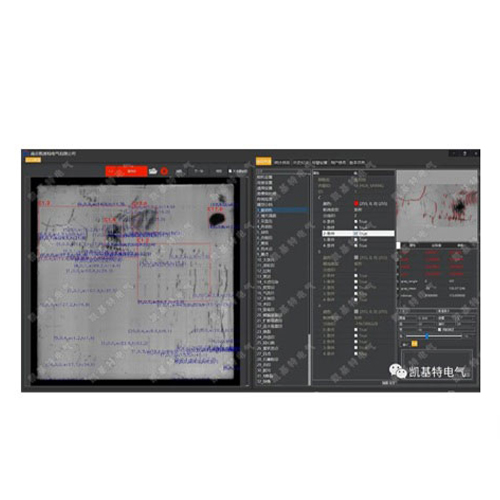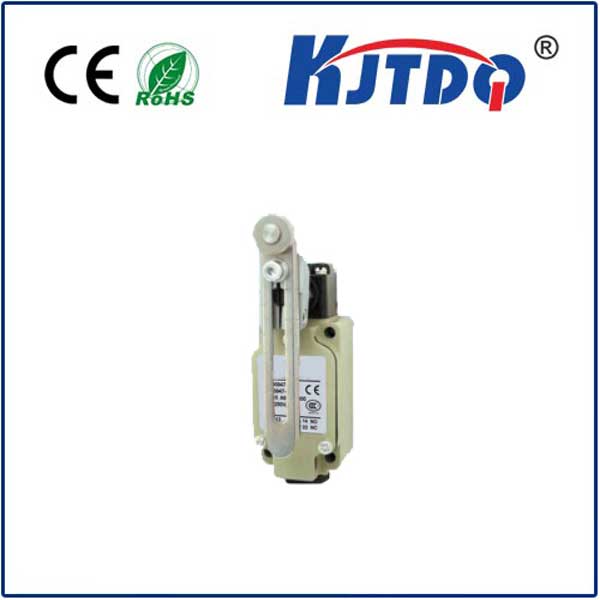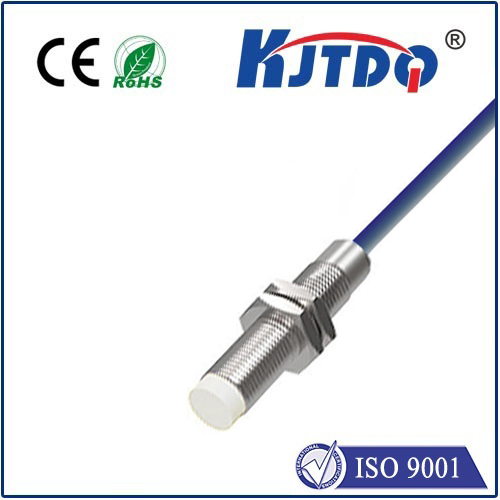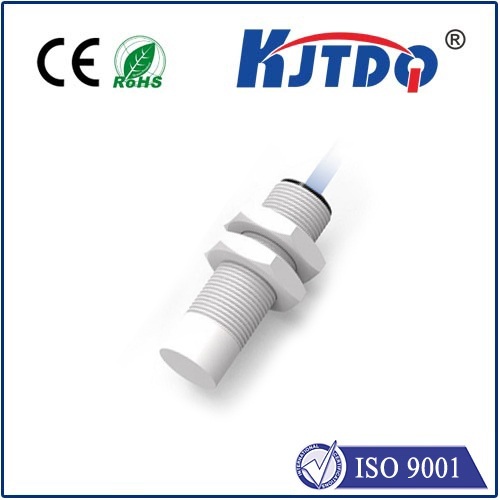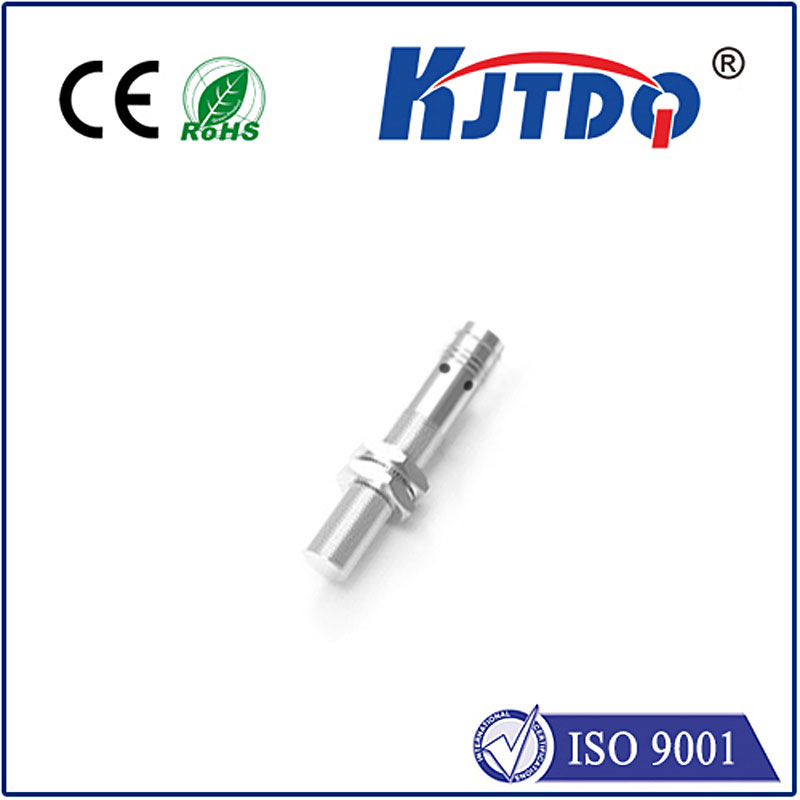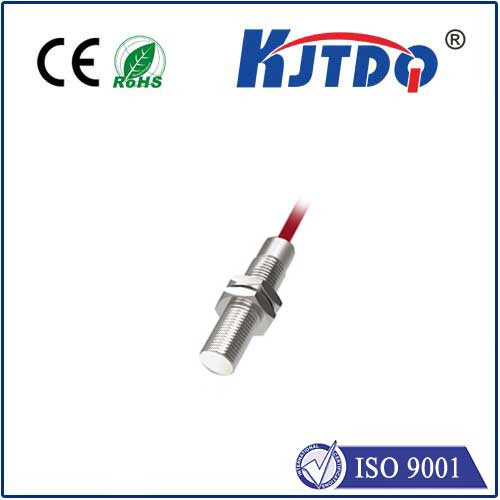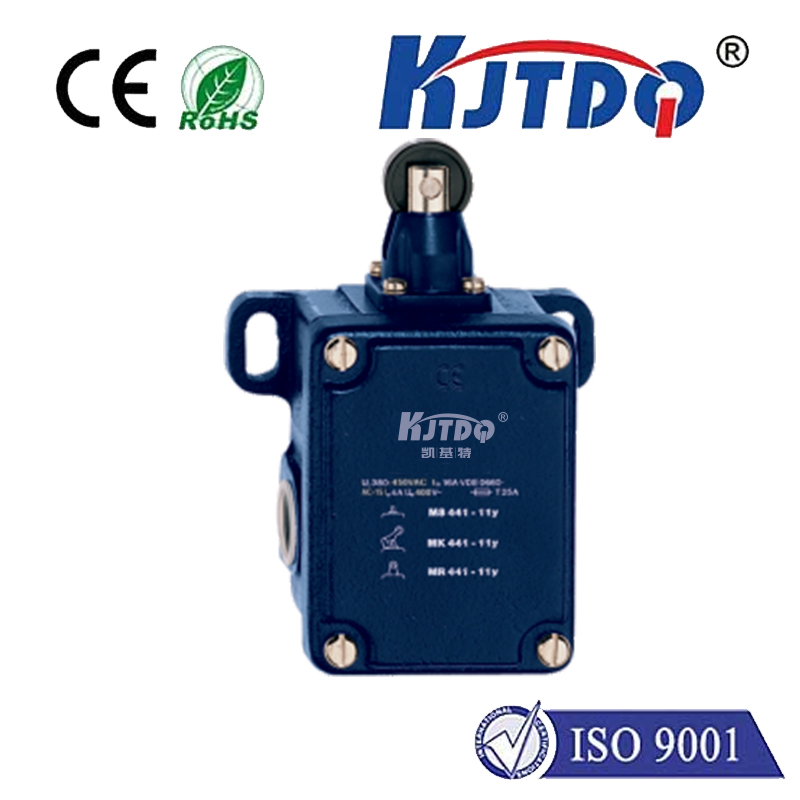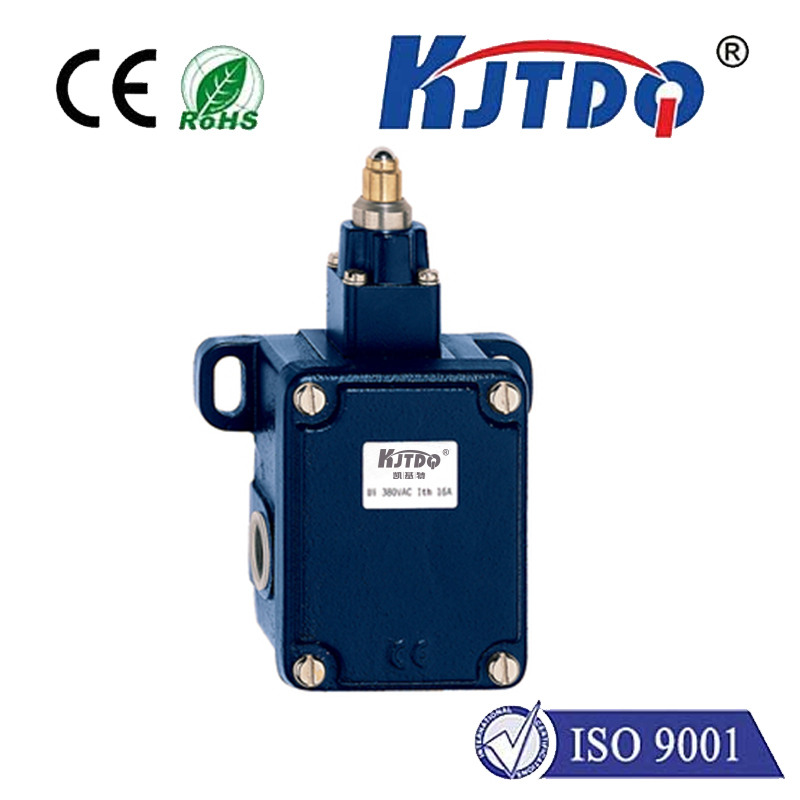laser sensor position
- time:2025-08-29 04:51:05
- Click:0
Mastering Laser Sensor Position: The Cornerstone of Reliable Measurement
In today’s world of precision manufacturing, autonomous navigation, and intricate scientific research, laser sensors stand as indispensable tools. Their ability to deliver non-contact, high-speed, and extremely accurate measurements has revolutionized countless fields. Yet, a critical truth often overlooked is this: even the most sophisticated and expensive laser sensor is rendered ineffective if it is improperly positioned. The laser sensor position is not merely a logistical detail; it is the fundamental bedrock upon which the entire integrity of the measurement rests. Getting it wrong can lead to inaccurate data, system failures, costly rework, and safety hazards. Understanding and mastering sensor positioning is paramount.
The Foundational Role of Positioning: More Than Just a Mounting Point
At its core, the function of a laser sensor – whether it’s measuring distance, detecting edges, profiling surfaces, or reading codes – relies on its interaction with a target surface via a directed beam of light. The geometric relationship between the sensor’s emitter/receiver optics and the target is defined entirely by its physical position and orientation. This relationship dictates:

- The Angle of Incidence: How the laser beam strikes the target surface. This affects signal strength (intensity of reflected light) and, critically, the potential for specular reflection errors (where light bounces away from the sensor instead of back towards it). Optimal performance often requires positioning the sensor perpendicular (or within a specific acceptance angle) to the target where possible.
- The Working Distance (WD): The distance between the sensor’s reference point (often its front face) and the target surface. Most laser sensors operate optimally within a specified working range. Positioning outside this range leads to unreliable or impossible measurements. Consistency in positioning ensures consistent working distance.
- The Field of View (FOV) / Spot Position: The sensor’s location determines which specific point or area on the target the laser spot illuminates and which portion of the reflected light falls onto the sensor’s receiver. Precise positioning ensures the laser spot hits the intended feature accurately. This is especially vital for profile scanners or edge detection sensors.
- Environmental Interference: Position can shield or expose the sensor to environmental factors like stray light from other sources, dust, debris, oil mist, or heat sources. Careful positioning can minimize these external influences on measurement accuracy.
Key Factors Influencing Optimal Laser Sensor Position
Determining the best laser sensor position isn’t arbitrary. It requires careful consideration of several interdependent factors:
- Sensor Specifications: The manufacturer’s datasheet is the starting point. It defines the critical working distance range, the spot size at different distances, the measurement range, the beam geometry (e.g., point, line, cross-hair), and the acceptable tilt angles (often called beta angles). Ignoring these specifications guarantees suboptimal performance.
- Target Properties: What are you measuring? The material (highly reflective, matte, transparent?), surface finish (rough, smooth?), color, and even potential movement dynamics all influence where and how the sensor should be placed. A mirror-like surface demands a very different positioning strategy than a matte black object to avoid specular reflection issues. Positioning must adapt to the target.
- Measurement Task: Are you measuring absolute distance, detecting a presence/absence, profiling a contour, or aligning components? The task dictates the required precision, the criticality of spot location, and the tolerance for angular deviation. A positioning error negligible for presence detection might be catastrophic for micron-level profile scanning.
- Environmental Conditions: Will the sensor be exposed to vibration, significant temperature fluctuations, dust, moisture, or electromagnetic interference? The sensor location must account for these. Positioning might require vibration isolation mounts, thermal shields, protective enclosures, or strategic placement away from EMI sources.
- Mechanical Constraints & Accessibility: The physical environment – available space, mounting surfaces, movement paths of machinery or targets, and need for future maintenance or calibration – all impose practical limitations on possible sensor positions.
Strategies for Ensuring Positioning Accuracy and Long-Term Stability
Achieving the perfect initial laser sensor position is only half the battle. Maintaining that precise position and orientation over time under operational conditions is equally critical. Consider these strategies:
- Robust Mounting Hardware: Utilize high-quality, rigid mounting brackets, clamps, and fixtures specifically designed for precision instrumentation. Avoid flimsy solutions prone to bending or loosening.
- Adjustability with Locking: Initial positioning often requires fine adjustments in multiple axes (X, Y, Z, pitch, yaw). Choose mounting solutions that offer precise micrometer adjustments but have secure locking mechanisms to prevent drift caused by vibration or accidental bumps. Geometric relationship once established must be locked in.
- Vibration Mitigation: Industrial environments are often vibratory. Implement vibration-damping mounts or isolators to prevent the sensor’s position from oscillating, which directly translates to measurement noise and instability. Position sensors away from major vibration sources if possible.
- Thermal Stability: Consider the thermal expansion coefficients of mounting hardware and structures. Significant temperature changes can cause shifts in position. Using materials with low thermal expansion or designing mounts to compensate for expansion helps maintain stable positioning accuracy.
- Protection from Hazards: Position sensors outside direct paths of coolant spray, metal chips, or heavy dust fall. Use protective enclosures or baffles if necessary, ensuring they don’t interfere with the laser beam path.
- Regular Inspection and Verification: Periodically check mounting hardware tightness and sensor alignment. Implement simple verification procedures, like measuring a known reference target, to confirm the sensor’s position and calibration haven’t drifted. Consistent positioning requires consistent monitoring.
The High Cost of Neglect: Consequences of Poor Positioning
Underestimating the importance of laser sensor position leads directly to tangible problems:
- Inaccurate Measurements: The most direct consequence. Data becomes unreliable, rendering process control or quality checks meaningless. “Garbage in, garbage out.”
- Reduced Repeatability: Measurements of the same target vary significantly over time due to slight positional shifts or instability.
- Increased Measurement Noise: Vibration-induced movement or inconsistent signal strength due to suboptimal angles amplifies signal noise.
- System Downtime: Faults or erratic behavior caused by poor positioning lead to troubleshooting time and production stoppages.
- Shortened Sensor Life: Exposure to environmental hazards like constant coolant spray or excessive heat, which careful positioning could avoid, can degrade sensor components prematurely.
- Safety Risks: In safety-critical applications (e.g., laser scanners on AGVs), incorrect positioning causing missed detections or false obstacles creates hazardous situations.
Precision measurement is not solely about sensor selection. The physical sensor location, its positioning accuracy, and the long-term stability of that position are non-negotiable prerequisites for harnessing the true power of laser sensing technology. Investing time and resources in meticulously determining, implementing, and maintaining the optimal laser sensor position is the fundamental step that transforms a potential source of error into the foundation of reliable, high-performance operation across automation, manufacturing, and scientific endeavors.












